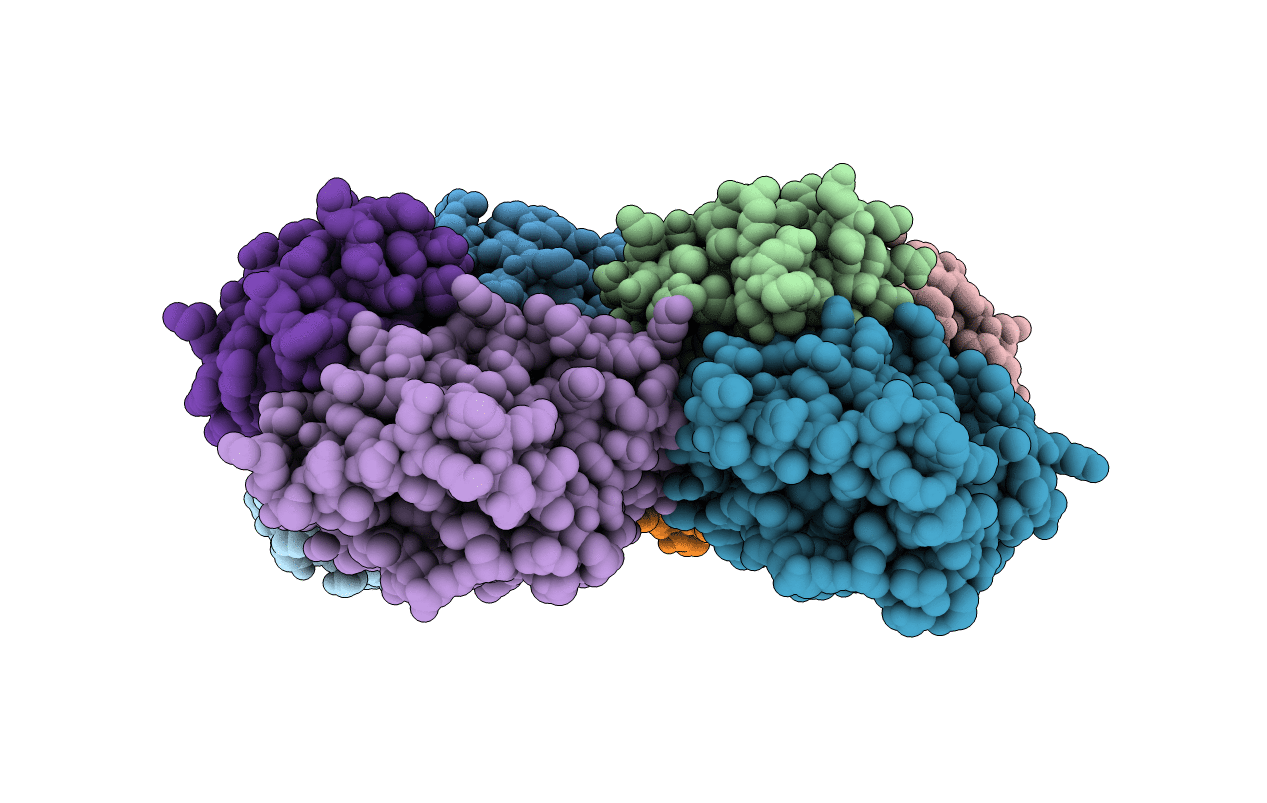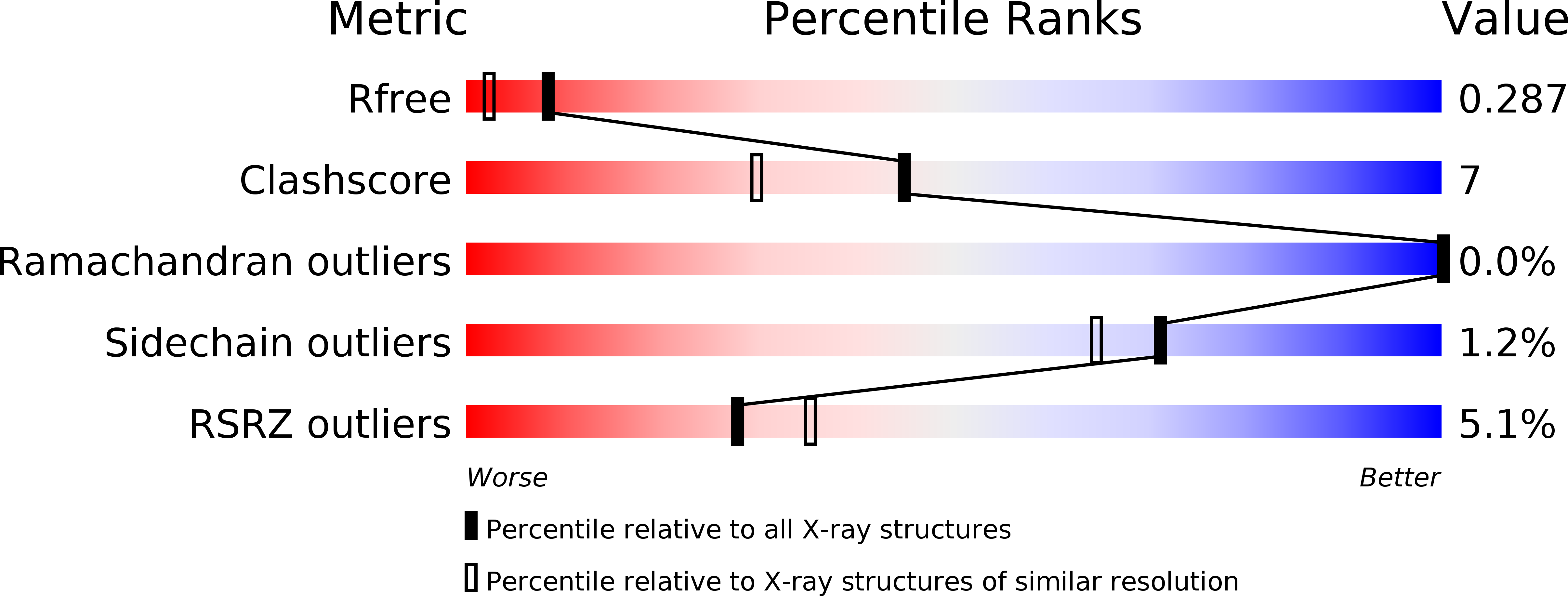
Deposition Date
2013-07-31
Release Date
2014-08-13
Last Version Date
2024-10-30
Entry Detail
PDB ID:
4LYL
Keywords:
Title:
Crystal structure of uracil-DNA glycosylase from cod (Gadus morhua) in complex with the proteinaceous inhibitor UGI
Biological Source:
Source Organism:
Gadus morhua (Taxon ID: 8049)
Bacillus phage PBS2 (Taxon ID: 10684)
Bacillus phage PBS2 (Taxon ID: 10684)
Host Organism:
Method Details:
Experimental Method:
Resolution:
1.93 Å
R-Value Free:
0.28
R-Value Work:
0.23
R-Value Observed:
0.23
Space Group:
P 1 21 1


